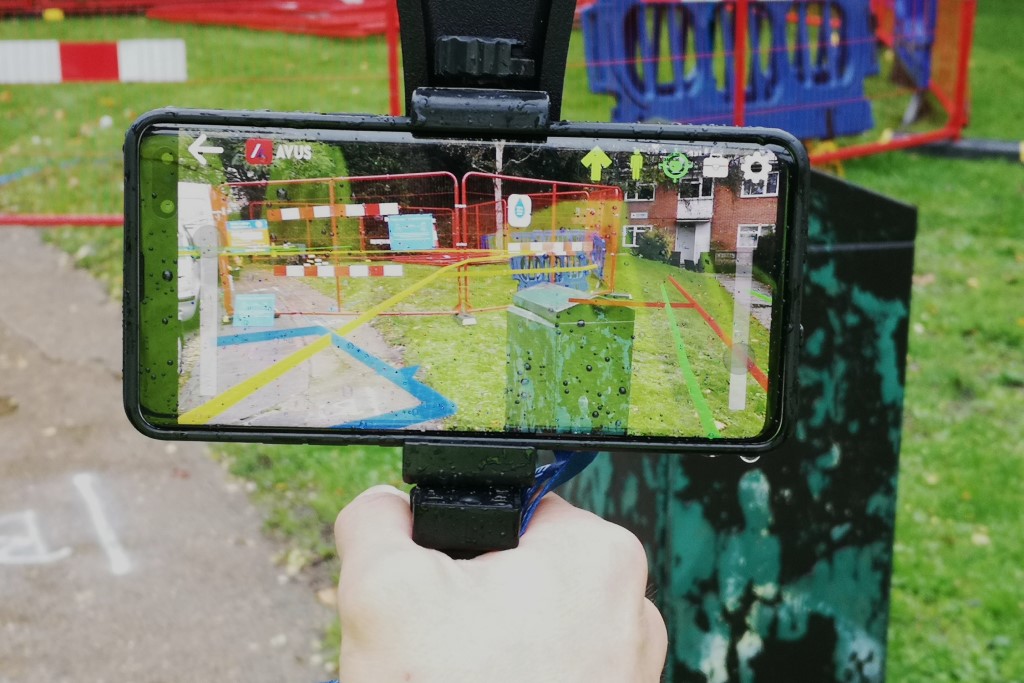Augmented Reality: From Video Games to the Construction Industry

Augmented reality has often been associated with video games and mobile phones. But with recent advancements, the technology is diluting into the construction sector. Paired with a digital twin, Avus has created augmented visualisation of underground services.
Avus AR transforms existing data, whether that is PDF or CAD and converts it into a 3D model. Through a smartphone device, a 3D model is then portrayed onto the screen. Then the underground pipes can be seen on the site.
Sebastien Magat, from Avus, added to this and told Housing Industry Leaders: “We made the physical plans and blueprints and digitised them. Instead of having to deal with 20 different drawings, the digital version allows them to deal with one. This makes things run more smoothly.”
Using an analogy to help explain the jump between paper to a digital twin, he explained: “The best way to explain it is that you used to use a map in the car but now it is GPS, it is the same principle with the digital twin.”
The best way to explain it is that you used to use a map in the car but now it is GPS, it is the same principle with the digital twin
The obvious benefits of this include reduced planning times, less invasive construction works and also less error in digging works. These advantages are boosted by the Avus As-built digital twin.
Smart tech has multiple uses
This software allows users to capture two different types of ways. The first, ‘As-Is’ for maintenance tasks and/or ‘As-Built’ for additional construction works. After recording the footage of the infrastructure Avus create centimetre accurate records and consists of three different types of deliverables:
- Points Cloud
- Orthophoto
- CAD Drawing
Drawing upon two forms of smart technology gives a huge boost to the way construction can operate. The ability to plan digitally and see pipes before digging means the whole process is more streamlined, cutting costs dramatically.
It also helps utility companies pair up with a system they both can use. Sebastien added to this saying: “Digital twins play such a crucial role. It helps the utility companies and Government to create a database and a common environment.”
Accessibility is key to encourage use
Making these apps easy and accessible was a key goal for Avus when developing the software. This was to minimise resistance to the new technology, something that can be common in the construction industry.
This is something that Avus has acknowledged but are positive about looking to the future. “Over time when it beds in, it will improve the data overall, as people will input more and trust the outcomes more.”
Rounding up the interview Sebastien told Housing Industry Leaders: “We hope in the future that when the foreman is getting into site the first thing he is doing is switch it on and access the model and plan the project through the digital environment.”

